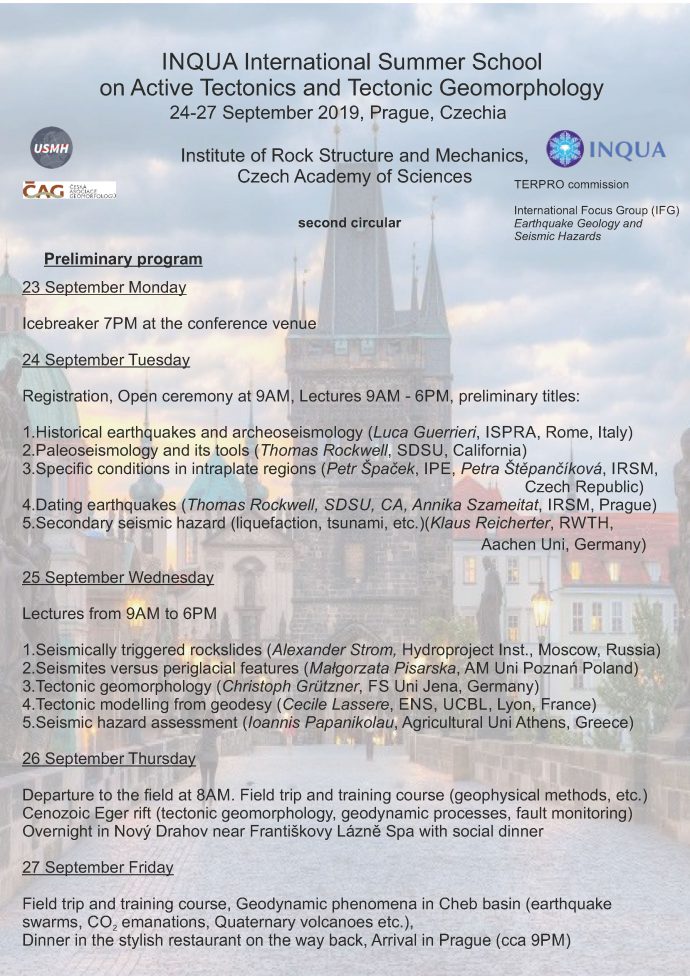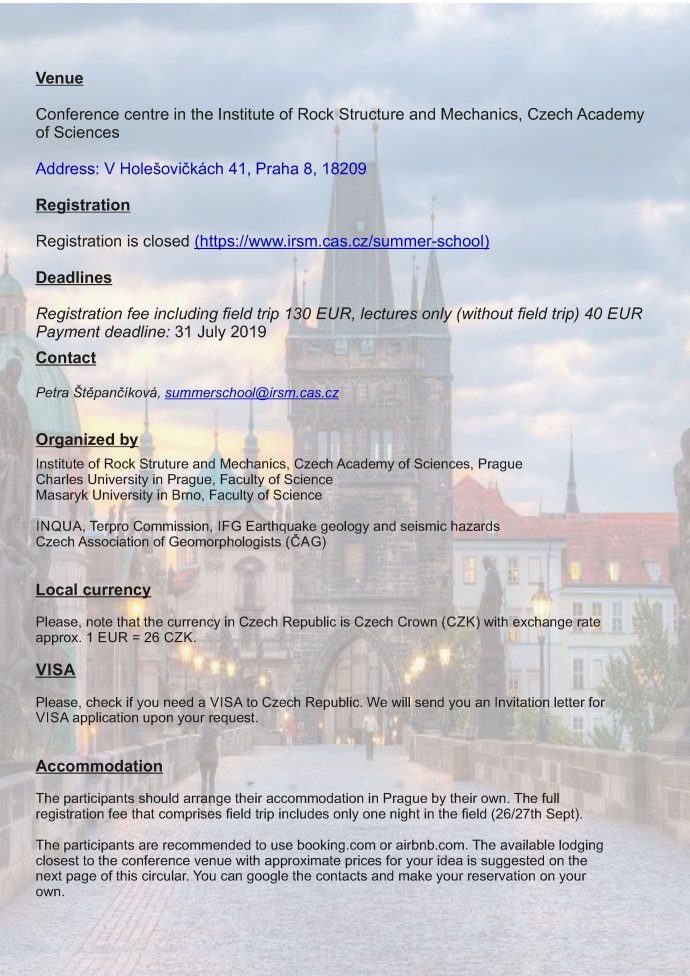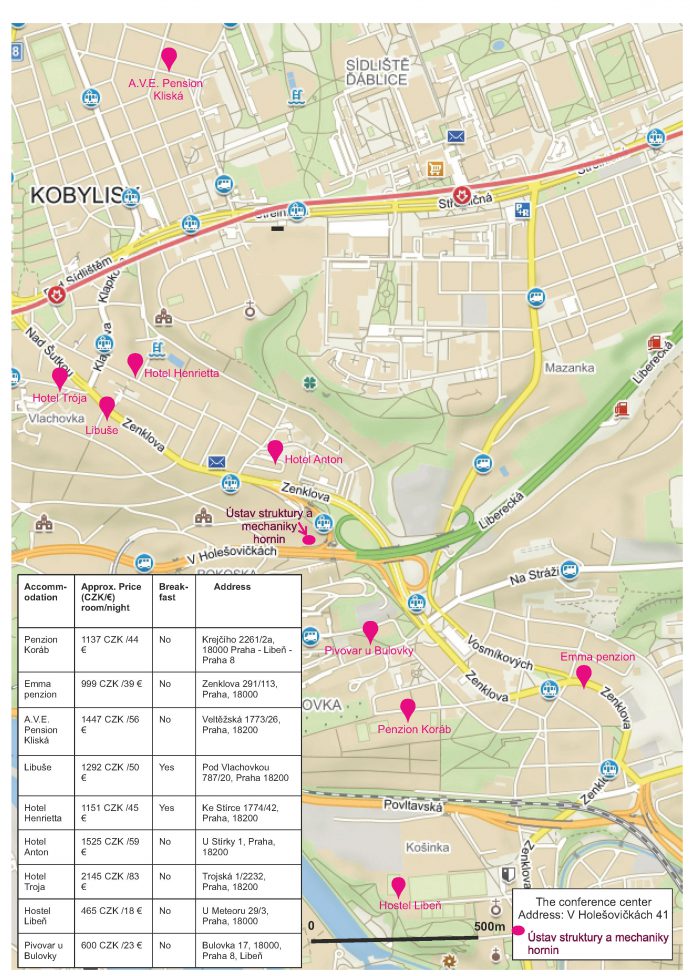Today we have a number of studies on “classic” paleoseismology, but also a fair share of tsunami and historical seismicity/archaeoseismology research. Plus, some very interesting papers on methods and concepts. Not to forget the first one in the list that presents an extremely useful surface rupture database. I may write a long blog post on this one, soon. Enjoy reading!
morePosts in the category » « ( 286 Posts )
-
New papers on paleoseismology, earthquakes, and active tectonics (Nov 2019)
2019-11-01 | in Paper | one response -
New papers on paleoseismology, earthquakes, and active tectonics (Oct 2019)
-
New papers on paleoseismology, earthquakes, and active tectonics (Sep 2019)
-
Postdoctoral Research Assistant in Active Tectonics, Uni Oxford
2019-08-12 | in JobsThe Department of Earth Sciences at the University of Oxford is currently recruiting a PDRA in Active Tectonics Research:
We seek to appoint a Postdoctoral Research Assistant to work closely with Professor Richard Walker as part of a broader consortium in the NERC-funded ‘Looking Into the Continents from Space’ project, whose principal aim is to provide insights into earthquake hazard and crustal deformation through the application of a range of remote-sensing, field-based, seismological, and modelling approaches. The post is co-funded by COMET, which is a world-leading centre for understanding tectonic and volcanic processes and hazards (comet.nerc.ac.uk). The PDRA will join a thriving group involved in remote-sensing and field-based research in the study of active faulting and natural hazards.
The post is based in the Department of Earth Sciences and will be overseen by Richard Walker, Barry Parsons and Philip England. The post will also involve close collaboration with scientists at the other partner institutions involved in COMET and LICS. The successful applicant will be responsible for the mapping and analysis of fault-based geomorphology using high-resolution satellite imagery and digital topography, supplemented with fieldwork in selected regions. The production of high-resolution digital topographic datasets through field-based, aerial, or satellite methods, forms an important component of the duties. They will also be expected to possess or to develop skills in measuring surface displacements through the matching of optical satellite imagery, and to support both tectonic and volcanic applications of high-resolution imagery and elevation data throughout COMETFind more information here: https://my.corehr.com/pls/uoxrecruit/erq_jobspec_version_4.display_form?p_company=10&p_internal_external=E&p_display_in_irish=N&p_process_type=&p_applicant_no=&p_form_profile_detail=&p_display_apply_ind=Y&p_refresh_search=Y&p_recruitment_id=142106
or at the department website: https://www.earth.ox.ac.uk/vacancies/.
Application deadline is 9 September 2019.
-
New papers on paleoseismology, earthquakes, and active tectonics (July 2019)
-
INQUA Summer School on Active tectonics in Prague, second circular
The second circular for the Summer School on Active tetonics in Prague, 24-27 September, 2019, is out now. Download here. We are sorry that the summer school is already fully booked. See you in Prague in September!
The event organised by the Institute of Rock Structure and Mechanics (Czech Academy of Sciences), Charles University in Prague (Faculty of Science), Masaryk University in Brno, and INQUA’s IFG EGSHaz. We are supported by, and work in the framework of, INQUA – the International Union for Quaternary Research, and the Czech Association of Geomorphologists (CAG) as a contributor and member of IAG.



-
The 17th International Symposium on Geo-disaster Reduction
2019-04-25 | in EventsStill looking for a cool conference to attend this summer? Why not travel to Kyrgyzstan for the 17th International Symposium on Geo-disaster Reduction from 19-23 August 2019, organized by our friend Hans-Balder Havenith with Liège University, the Kyrgyz Institute of Seismology and Institute of Geomechanics and Mining, and the International Consortium on Geo-disaster Reduction (ICGdR)? more
-
New papers on paleoseismology, earthquakes, and active tectonics (April 2019)
-
Deadlines for the IAS Rome Congress – session on the sedimentary record of earthquakes, tsunamis and other extreme/catastrophic events
2019-03-26 | in MeetingThe deadline for the submission of abstracts to the 34th IAS Congress of Rome 2019 is approaching (30 March 2019). The 34th IAS meeting will be held in Rome from 10-13th September 2019 (http://iasroma2019.org/).
There will be lots of interesting sessions, of special interest for the earthquake geology community will be session 7.11 The Sedimentary Record of Earthquakes, Tsunamis and other Extreme/Catastrophic Events.
Conveners:
- Massimo Moretti (University of Bari Aldo Moro, Italy)
- Jasper Knight (Wits University, South Africa)
- Giuseppe Mastronuzzi (University of Bari Aldo Moro, Italy)
- Andreas Vött (Mainz University, Germany)
-
Postdoc position at Oxford University: Palaeoseismology of Central Asian Earthquake Ruptures
2019-02-22 | in Field work, Jobs | one responseThere is a wonderful, amazing, extraordinary postdoc position open at Oxford University: Palaeoseismology of Central Asian Earthquake Ruptures.
We seek to appoint a postdoctoral research assistant to undertake investigations of large earthquakes within the interior of Asia. The post is part of a project funded by the Leverhulme Trust called EROICA. The successful candidate will work closely with Professor Richard Walker, and will join a vibrant community of active tectonics researchers in Oxford within the Earthquake Geology and Geodesy group.
The researcher will be responsible for the detailed mapping of palaeo-earthquake ruptures, the construction of slip distributions from individual earthquakes, the analysis of high-resolution satellite imagery, the construction of digital topographic models, and the selection of sites for long-term slip-rate determination using field investigation. The PDRA will also be involved in planning and carrying out fieldwork to verify remote-sensing observations, to collect samples for dating, and to excavate and interpret palaeo-seismic trenches. We expect the researcher to help in supervising doctoral and masters student research projects, in addition to undertaking their own research.
